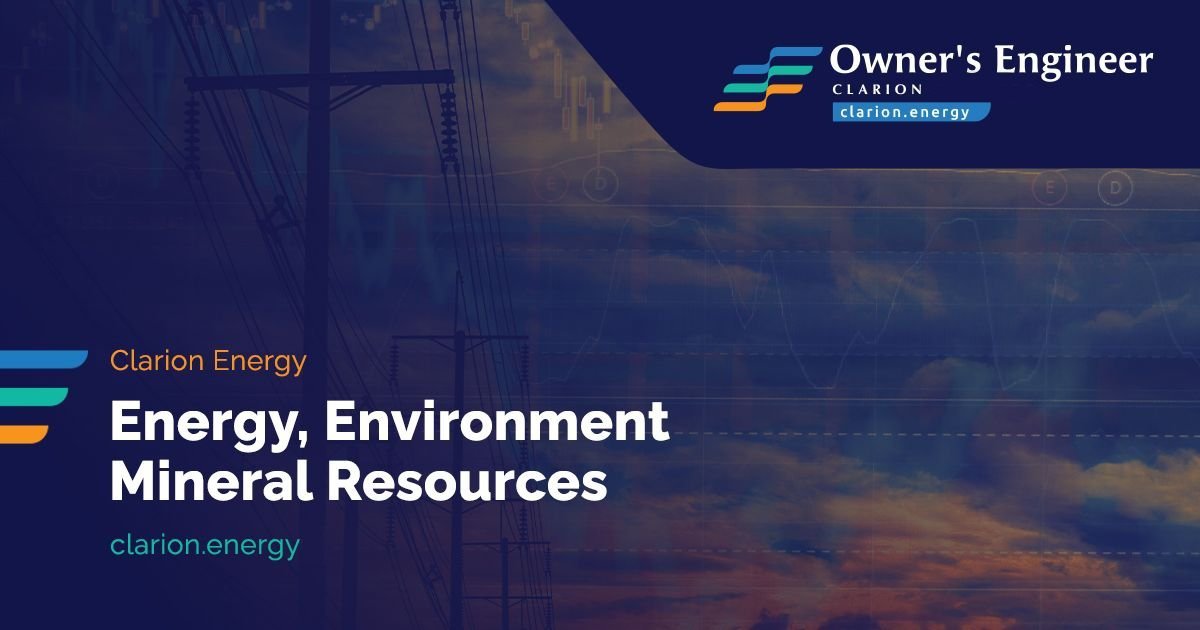Heavy industry facilities, with their formidable presence and significant environmental impact, often find themselves at the intersection of public scrutiny and operational necessity. In this delicate balance, effective public relations (PR) and environmental communication become paramount. ElevatePr experts bring the intricate dynamics of managing public perceptions, fostering community engagement, and communicating environmental responsibility in the realm of heavy industry.
**1. The Challenge of Public Perception:**
Heavy industry facilities, encompassing sectors such as manufacturing, energy production, and mining, face inherent challenges in shaping public perception. The scale of operations, environmental implications, and the potential for community disruption necessitate proactive PR strategies to convey transparency, responsibility, and commitment to sustainable practices.
**2. Transparency as the Foundation:**
Transparency is the cornerstone of effective PR in heavy industry. Openly communicating about operations, environmental impact assessments, and adherence to regulatory standards establishes trust. Transparent communication not only addresses concerns but also positions the facility as a responsible corporate citizen.
**3. Community Engagement and Consultation:**
Engaging with local communities is a strategic imperative for heavy industry facilities. Public relations efforts should involve community consultations, town hall meetings, and collaborative decision-making processes. By actively involving community members in discussions about operations and addressing their concerns, facilities can build positive relationships.
**4. Environmental Stewardship Communication:**
Highlighting environmental stewardship initiatives is crucial for heavy industry facilities. PR efforts should showcase investments in sustainable technologies, emission reduction measures, and adherence to environmental regulations. Communicating a commitment to minimizing ecological impact helps position the facility as a responsible environmental steward.
**5. Educational Initiatives for Stakeholders:**
Public relations in heavy industry should include educational initiatives for stakeholders. Providing accessible information about the facility’s operations, the environmental technologies employed, and the broader industry’s role in economic development fosters understanding. Education is a powerful tool in dispelling misconceptions and building informed public opinion.
**6. Crisis Communication Preparedness:**
Heavy industry facilities should be prepared for crisis communication. PR strategies must include robust plans for addressing emergencies, accidents, or environmental incidents. Timely and transparent communication during crises helps mitigate reputational damage and ensures that accurate information reaches the public promptly.
**7. Collaboration with Environmental Organizations:**
Collaborating with environmental organizations and NGOs strengthens a facility’s PR efforts. Partnerships with respected environmental groups lend credibility to sustainability initiatives and demonstrate a commitment to addressing ecological concerns. Such collaborations provide a platform for joint environmental projects and contribute to positive public relations.
**8. Utilizing Digital Platforms for Communication:**
Leveraging digital platforms is essential in contemporary PR strategies. Heavy industry facilities should utilize websites, social media, and other digital channels to disseminate information. Interactive content, virtual tours, and regular updates can create a dynamic online presence that showcases the facility’s commitment to transparency and environmental responsibility.
**9. Measuring and Reporting Environmental Performance:**
Demonstrating accountability involves measuring and reporting environmental performance. PR efforts should include annual sustainability reports that detail environmental metrics, emissions reductions, and progress toward sustainability goals. Providing tangible evidence of positive environmental impact reinforces the facility’s commitment to responsible practices.
**10. Employee Advocacy and Internal Communication:**
Employees are valuable advocates for a facility’s public relations efforts. Internal communication strategies should keep employees informed about the facility’s environmental initiatives and community engagement activities. Cultivating a sense of pride among employees for their role in a socially responsible organization contributes to positive external perceptions.
In the heavy industry sector, where the balance between operational needs and environmental responsibility is delicate, effective public relations and environmental communication are imperative. Transparent communication, community engagement, and a commitment to sustainability not only shape positive public perceptions but also position heavy industry facilities as responsible contributors to economic development and environmental well-being. In navigating the complex landscape of public relations, heavy industry facilities can forge a path that aligns operational success with environmental stewardship, earning the trust and support of stakeholders.
Engineered Communications
www.elevatepr.digital












